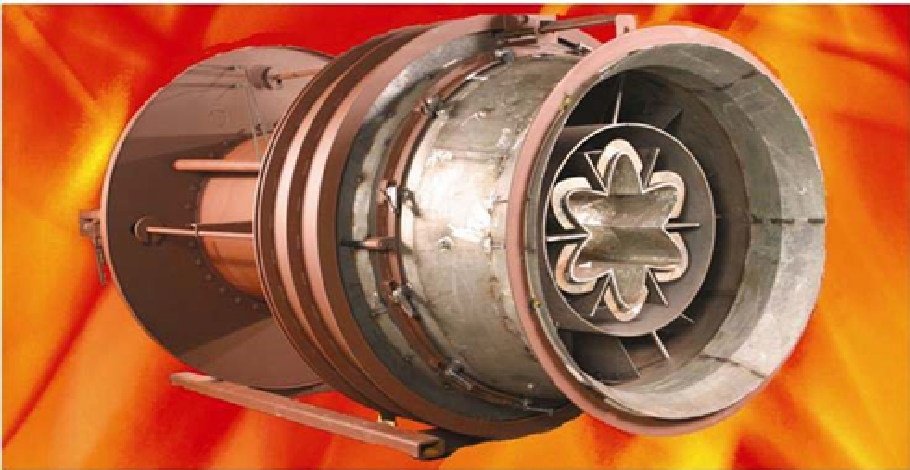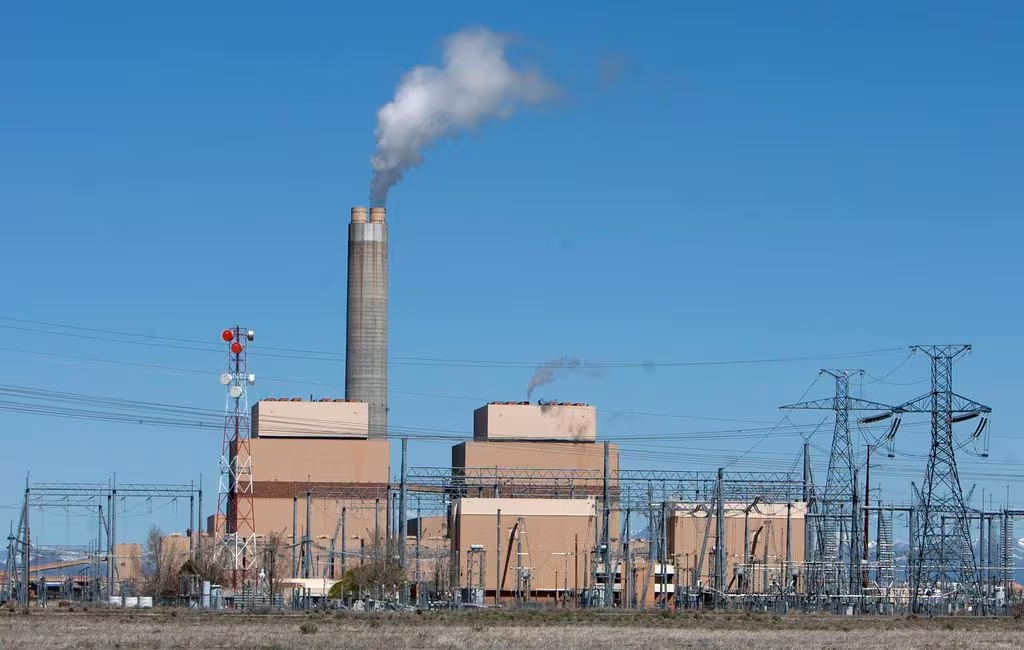The Intermountain Power Project (IPP) in Utah, managed by the Intermountain Power Authority (IPA), is undergoing a remarkable transition. Historically a coal-powered plant, IPP is shifting towards a cleaner energy mix, incorporating natural gas and hydrogen. This transformation, part of the IPP Renewed initiative, aims to reduce the plant's carbon footprint and embrace sustainable energy practices. The project is set to invigorate the local economy by creating jobs and opportunities in renewable energy sectors, marking a significant step in Utah's energy landscape evolution towards green energy solutions. Please see the following link for details. https://www.sltrib.com/news/environment/2021/10/05/intermountain-power/

Low NOx Combustion Retrofit for IPSC 950MW Power Plant in the USA
Project Summary
Project Name:
- Low NOx Combustion Retrofit for IPSC 950MW Power Plant
Location:
- United States of America
Original Equipment Manufacturer (OEM):
- B&W (Babcock & Wilcox)
Fired Fuel:
- Western Bituminous Coal
Combustion System:
- Wall firing system with a total of 48 burners.
Objectives and Retrofit Details
The primary goal of the retrofit was to reduce nitrogen oxides (NOx) emissions while maintaining or improving the existing performance and efficiency of the boiler. The project involved modifying the combustion system, specifically tailored to the use of western bituminous coal, known for its specific burning characteristics.
Key Features of the Retrofit:
-
Low NOx Combustion Technology:
- The retrofit incorporated advanced Low NOx combustion technologies, designed to minimize the formation of NOx during the coal combustion process.
-
Burner Modification:
- The existing 48 burners in the wall firing system were likely modified or replaced with Low NOx burners that ensure more efficient combustion with reduced NOx formation.
Performance Post-Retrofit
Boiler Performance:
- No significant changes were observed in the boiler's performance, indicating that the retrofit seamlessly integrated with the existing system.
Emission Levels:
- The NOx emissions were successfully reduced to ≤300mg/Nm3 at 50%-100% ECR (Economic Capacity Ratio) under any mills configuration. This demonstrates a substantial improvement in environmental compliance without compromising operational flexibility.
Other Operational Aspects:
- There were no changes in the boiler's steam flow, the steam temperature of the superheater and reheater, and habit-control.
- The retrofit ensured stable flame conditions, with no instances of high-temperature corrosion or severe slagging on tubes, thus maintaining the integrity and longevity of the boiler components.
Safety and Reliability:
- The project maintained high standards of safety and reliability, ensuring that the modifications did not introduce any new risks or operational challenges.
The Low NOx Combustion retrofit for the IPSC 950MW Power Plant in the USA is a significant achievement in the field of environmental engineering and sustainable energy production. By successfully reducing NOx emissions while maintaining the boiler's performance and operational reliability, this project sets a benchmark for similar power plants seeking to reduce their environmental footprint. The successful implementation of this retrofit demonstrates the feasibility of upgrading existing coal-fired power plants to meet stricter environmental standards without incurring major disruptions or performance losses. This project exemplifies how environmental goals can be achieved in tandem with maintaining the operational efficiency of large-scale power generation facilities.

